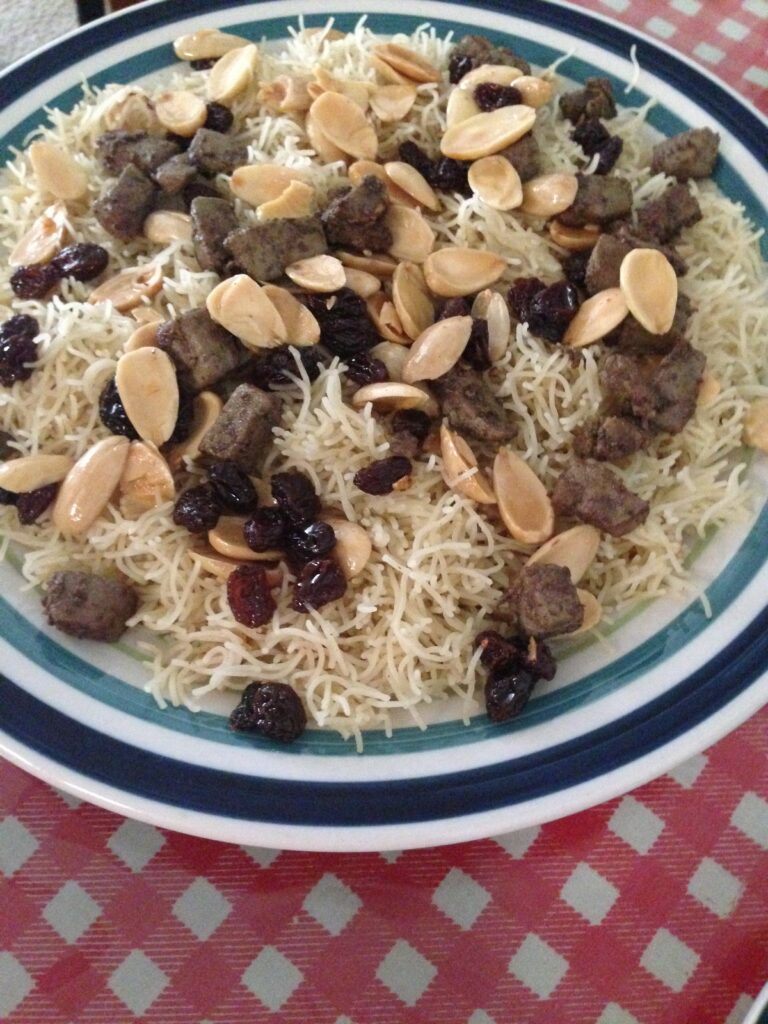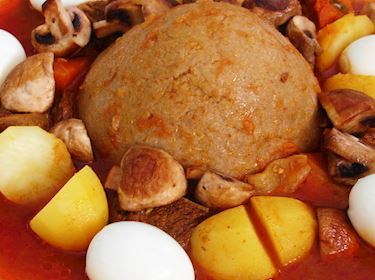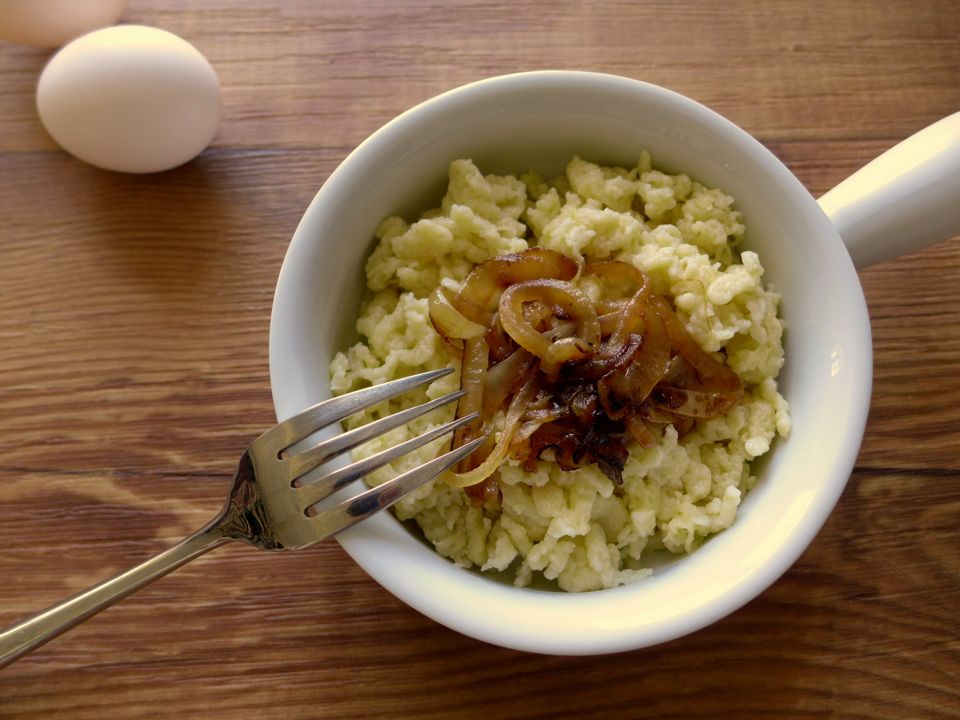Introduction to Liberian Cuisine
Liberian cuisine is a fusion of indigenous West African ingredients and cooking techniques with influences from American and European colonization. Staples of Liberian cuisine include rice, cassava, plantains, yams, and seafood. Liberian dishes are often rich in flavor, incorporating spices like chili pepper, ginger, and garlic. Meats such as chicken, beef, and fish are commonly consumed, as well as seafood like shrimp, crab, and lobster.
Lesser-known Regional Dishes
While Liberian cuisine has gained some recognition in recent years, there are still many lesser-known regional dishes that are worth exploring. These dishes vary in flavor and preparation techniques, but all contribute to the country’s diverse culinary landscape.
Jollof Rice Variations
Jollof rice is a popular West African dish, and Liberia has its own unique variations. Liberian jollof rice is typically prepared with a tomato-based sauce, onions, and bell peppers, and can be served with chicken, beef, or fish. Another variation is “dry jollof,” which is made without the tomato sauce and is instead seasoned with spices like ginger, garlic, and paprika.
Cassava Leaf Stew
Cassava leaf stew is a traditional Liberian dish that is made by boiling cassava leaves with meats like beef, chicken, or fish. The stew is typically seasoned with peanut butter, onions, and garlic, and can be served with rice or fufu (a starchy side dish made from cassava, plantains, or yams). The dish has a rich and hearty flavor and is a favorite among Liberians.
Fufu and Soup
Fufu is a staple in many West African countries, including Liberia. It is made by boiling cassava, yams, or plantains and then pounding them into a dough-like consistency. Fufu is typically served with soup, which can be made with a variety of meats and vegetables. Some popular soups in Liberia include pepper soup (made with hot chili peppers) and okra soup (made with okra and fish).
Ingredients: Palm Butter and Country Chicken
Two key ingredients in Liberian cuisine are palm butter and country chicken. Palm butter is made by boiling palm nuts and then pressing the pulp to extract the oil. It is used as a base for many stews and soups and has a rich, nutty flavor. Country chicken, also known as free-range chicken, is a staple in Liberian households. The meat is leaner and has a more robust flavor than conventional chicken, making it a popular ingredient in stews and soups.
In conclusion, Liberian cuisine is a rich and diverse fusion of West African, American, and European influences. While some dishes, like jollof rice, are well-known, there are many lesser-known regional dishes and ingredients that are worth exploring. From cassava leaf stew to fufu and soup, Liberian cuisine offers a range of flavors and textures that are sure to delight adventurous eaters.










